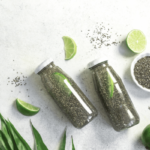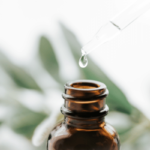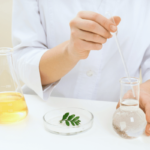cultivation method
The chlorella marketed by Nutriphys® comes from the best producers in the world. The cultivation and production of chlorella pyrenoidosa are systematically and strictly controlled throughout the process, in order to guarantee a high quality product.
Because to develop optimally and allow obtaining C.G.F. (chlorella growth factor), chlorella pyrenoidosa requires ideal natural conditions: intense sunlight, outdoor cultivation in a lightly polluted environment and good climatic conditions. Such conditions are found in some tropical and subtropical regions, such as Taiwan.
Different types of cultivation
Some manufacturers only grow chlorella in indoor tanks. But while it is easier to maintain a consistent culture this way, they lose one of the key ingredients in CGF production…sunlight.
Indeed, CGF is produced during photosynthesis. By choosing chlorella pyrenoidosa grown outdoors, Nutriphys® ensures and guarantees a higher concentration of growth factor (CGF).
Fed by extremely pure mountain water, our chlorella pyrenoidosa is grown in large outdoor ponds. And to ensure purity and maintenance of quality, these crops are carefully monitored during growth and after harvest. Likewise, certification has been established to guarantee the standardization of strains.
Growing chlorella pyrenoidosa in 6 steps
The cultivation of chlorella pyrenoidosa requires a well-established and scientifically controlled production process.
Step 1
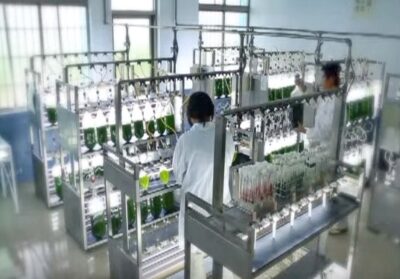
The culture begins in the laboratory under very strict conditions (light, temperature, water purity, nutrients, presence of CO2, etc.), with cultivation of the best strains of chlorella, in a nutrient medium, whose composition is kept secret.
2nd step
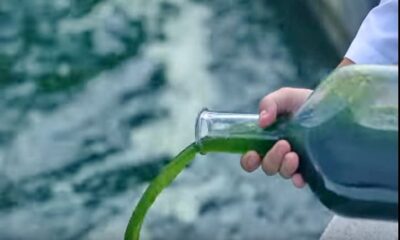
A week later, the chlorella has divided sufficiently (every 20 hours each mother cell divides into four daughter cells) to be placed outside in nutrient-rich culture tanks, for a period of 7 to 10 days.
step 3
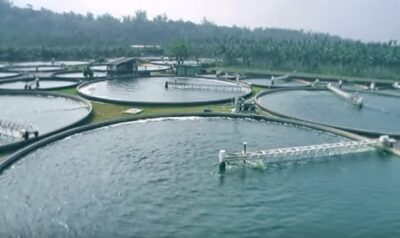
Thanks to the rapid multiplication of cells, the production is transferred to larger basins, where it is stirred continuously. The water in the ponds is constantly renewed and culture checks are carried out regularly. The transfer process is repeated three times, each time into larger tanks.
step 4
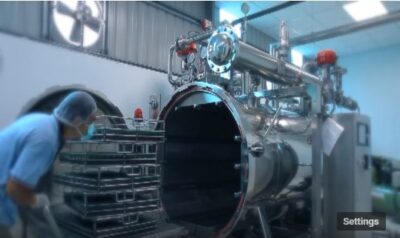
At the end of cultivation, when the density is optimal, it is the harvest. The basin is emptied and the water containing the cells is transferred to centrifuges which select the best cells, that is to say the heaviest. They are then rinsed several times with clean water to remove all impurities. Finally, all the water is removed by filtration and centrifugation.
Part of the production is directed to a machine which, using hot water, extracts the nucleus of the cell to make a concentrate called CGF.
step 5
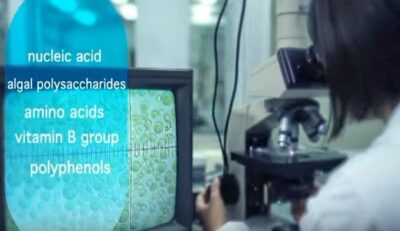
The process of drying the algae continues with “spray drying”, an exclusive vacuum drying technique. By this ultra-rapid spraying technique, at high temperature, the liquid concentrate is transformed into powder.
As chlorella breaks down easily, it is necessary to cool the cells gently and then dry them as quickly as possible. The “spray dry” is the most appropriate method because it preserves nutrients and chlorophyll, while reaching a sufficient temperature to kill pathogenic organisms.
step 6
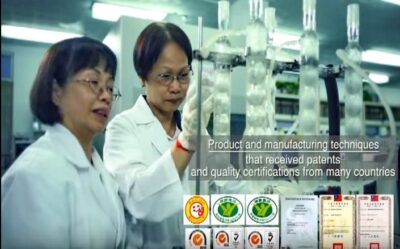
The product obtained is very stable, with good preservation of pigment, protein and vitamin contents.
Finally, the algae is bombarded with ultrasound in order to burst the cell membrane, a process considered more efficient than the “Dyno-mill”.
A final quality control is carried out before reaching the stage of manufacturing the various derived products (tablets, extracts, drinks, foods).



